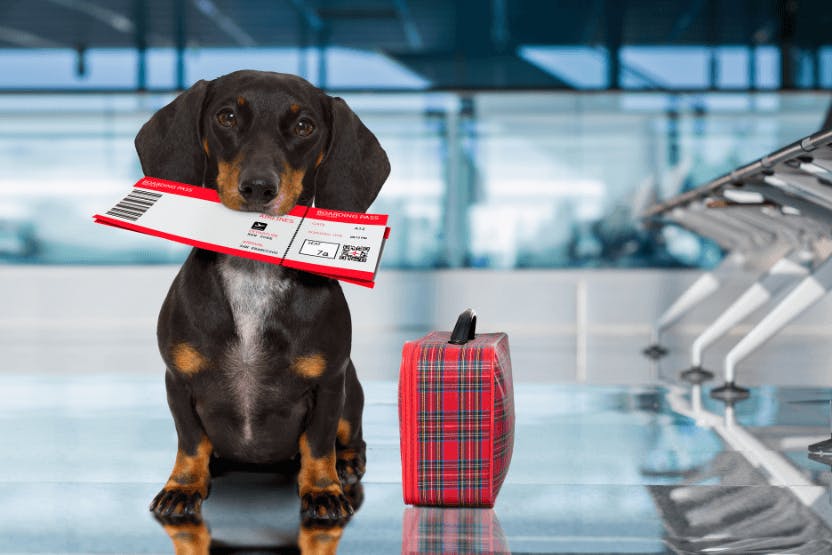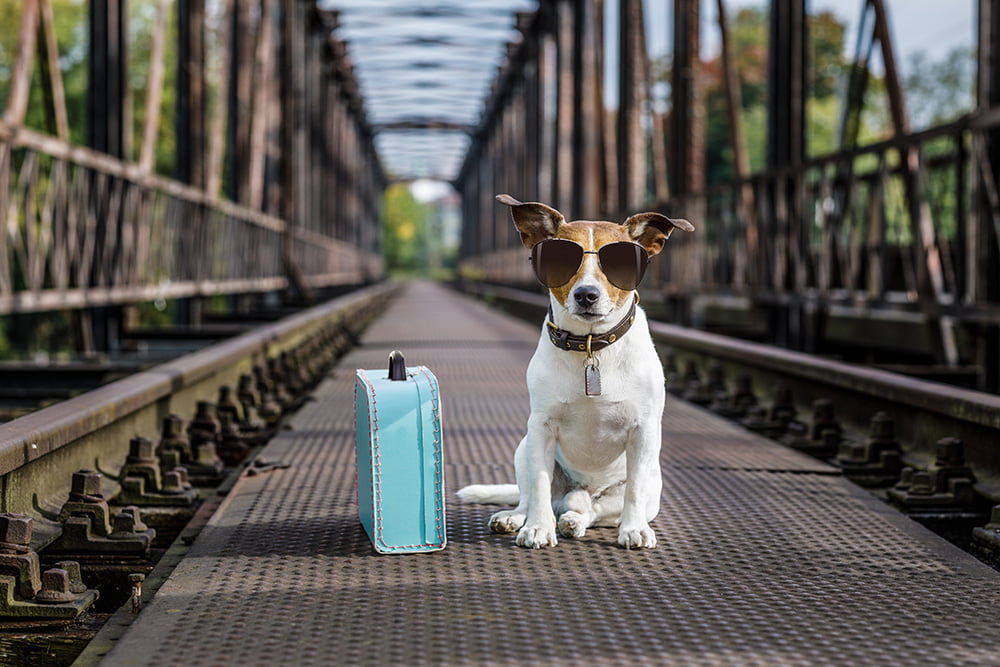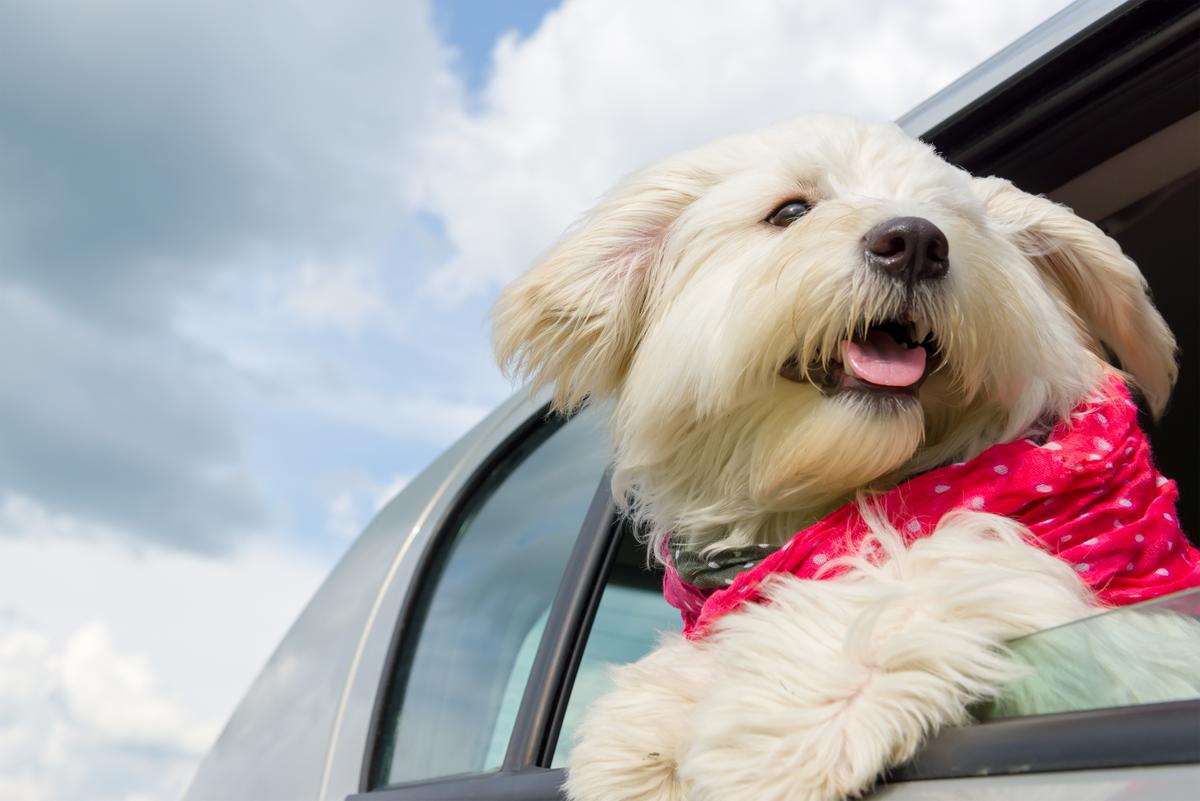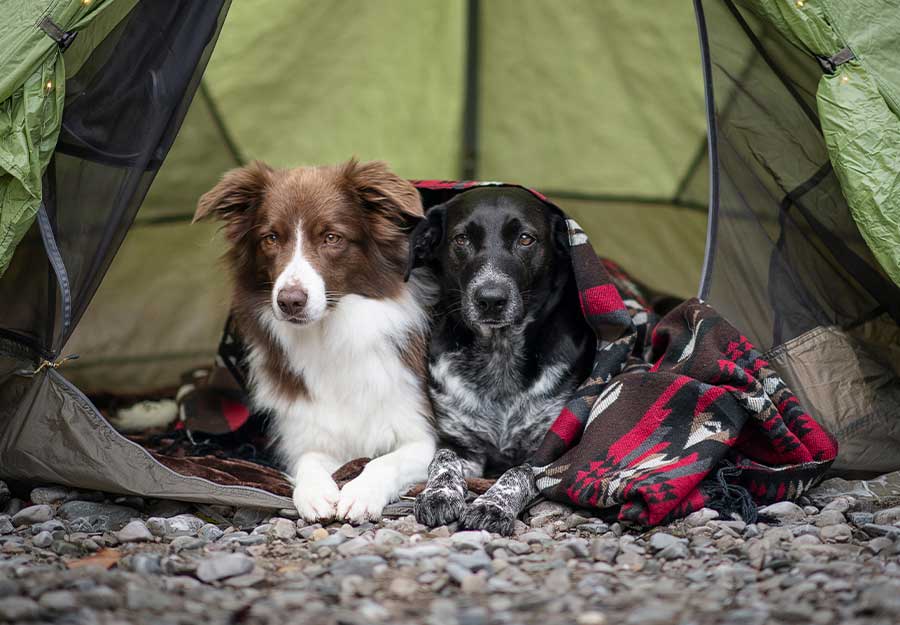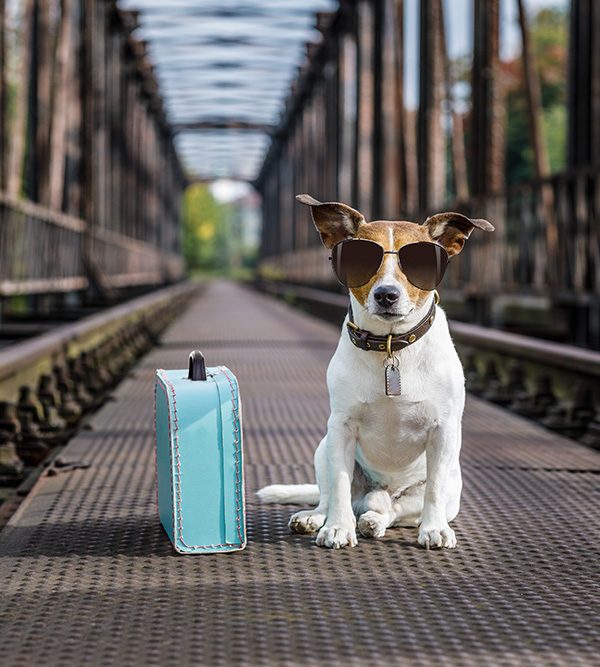Learn about the guidelines and requirements for taking your pet abroad, ensuring a smooth and hassle-free international travel experience.
International Pet Travel
Traveling with pets has become increasingly popular in recent years, as more and more people consider their furry friends as integral members of the family. Whether it’s for a short vacation or a long-term relocation, taking your pet abroad requires careful planning and adherence to specific guidelines and requirements. In this article, we will explore the essential steps and considerations to ensure a smooth and stress-free international pet travel experience.
Guidelines and Requirements for Taking Your Pet Abroad
- Start by checking the entry requirements of your destination country. Before embarking on an international journey with your pet, it is crucial to thoroughly research the destination country’s regulations regarding pet travel. Each country has its own set of rules and requirements, including documentation, vaccinations, quarantine periods, and even breed restrictions. Familiarize yourself with these regulations well in advance to avoid any last-minute surprises or complications.
- Get your pet a health certificate. A health certificate is a document that verifies that your pet is healthy and free of diseases that could be harmful to other animals or people. It’s required by most countries for pets entering their borders. Your veterinarian can issue a health certificate for your pet.
- Vaccinate your pet against the appropriate diseases. The vaccines that your pet needs will depend on the destination country. Some countries require pets to be vaccinated against rabies, distemper, parvovirus, and other diseases. Your veterinarian can help you determine which vaccines are necessary for your pet’s trip.
- Get a microchip for your pet. A microchip is a small, electronic device that is implanted under your pet’s skin. It contains a unique identification number that can be scanned to identify your pet if they ever get lost. Microchips are required by many countries for pets entering their borders.
- Choose a pet-friendly airline. Not all airlines allow pets to fly in the cabin. Some airlines only allow pets to travel in the cargo hold, which can be stressful for animals. It’s important to choose an airline that has a good reputation for transporting pets and that allows your pet to travel in the cabin.
- Arrange Pet-Friendly Accommodations. When traveling abroad with your pet, it is essential to plan accommodations that are pet-friendly. Not all hotels or rental properties allow pets, so it is crucial to research and book in advance. Look for accommodations that provide suitable amenities for your pet, such as designated pet areas, walking trails, or even pet-sitting services if needed.
- Choose the Right Mode of Transportation. Selecting the appropriate mode of transportation is another vital aspect of international pet travel. Depending on the distance and destination, you may need to choose between air travel, road trips, or even sea voyages. If you opt for air travel, research airlines that have pet-friendly policies and ensure they comply with the International Air Transport Association (IATA) guidelines. For road trips, plan regular stops for your pet to stretch their legs, hydrate, and relieve themselves.
- Pack your pet’s carrier properly. Your pet’s carrier must be sturdy and well-ventilated. It should also be the right size for your pet to stand up, turn around, and lie down comfortably. You can find pet carriers at most pet stores.
- Give your pet plenty of exercise and water before and after your flight. Traveling can be stressful for pets, so it’s important to make sure they’re well-exercised and hydrated before and after your flight. You may also want to consider giving your pet a mild sedative to help them relax during the flight.
- Ensure a Smooth Transition. Moving to a new environment can be overwhelming for pets, so it is essential to ensure a smooth transition. Upon arrival, provide your pet with familiar items, such as their bed or toys, to create a sense of familiarity. Maintain their routine as much as possible and gradually introduce them to new surroundings. This will help them adjust more easily and minimize any potential behavioral issues.
- Be prepared for delays and cancellations. Flights can be delayed or cancelled for any number of reasons, so it’s important to be prepared for anything. Make sure you have a backup plan in case your flight is cancelled.
By following these guidelines and requirements, you can help ensure that your pet has a safe and comfortable trip abroad.
If you have a Cat as a pet for traveling, Read carefully this Article: Flying with Your Cat: Guidelines for Safe and Comfortable Air Travel
Additional tips for traveling with your pet
Here are some additional tips for traveling with your pet internationally:
- Book your flight early. This will give you more time to get your pet’s paperwork in order and to choose an airline that is pet-friendly.
- Contact your airline at least 48 hours before your flight to let them know that you will be traveling with a pet. This will give them time to prepare for your pet’s arrival and to make sure that there is space for them on the flight.
- Bring a copy of your pet’s health certificate and vaccination records with you to the airport. You will need to show these documents to the airline check-in agent and to customs officials at your destination.
- Pack your pet’s carrier with food, water, toys, and a blanket. This will help your pet feel more comfortable during the flight.
- If your pet is traveling in the cargo hold, make sure their carrier is well-ventilated and that they have enough space to move around.
- Be patient and understanding with your pet during the flight. Traveling can be stressful for animals, so it’s important to be patient and understanding with them.
Remember, international pet travel requires patience, organization, and careful attention to detail. By following these guidelines and requirements, you can ensure a safe and enjoyable journey for both you and your beloved pet. So, start planning early, consult professionals when needed, and embark on an adventure that includes your furry companion!

